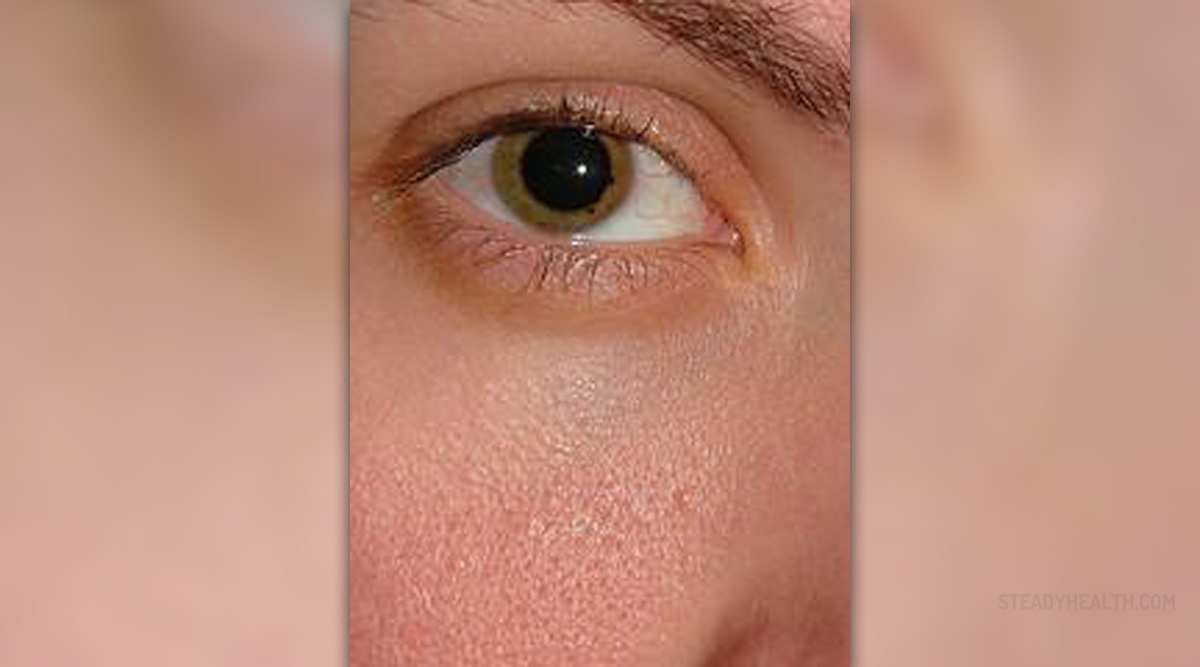
Diabetes mellitus is a serious medical condition in which elevated level of sugar in the blood leads to many detrimental effect on the entire body. Even people who control the level of sugar in blood eventually end up with certain illnesses which are caused by diabetes mellitus and all the metabolic changes associated with it.
Diabetic retinopathy is a frequent condition affecting patients suffering from diabetes mellitus. It leads to neovascularization of the retina and, if left untreated, may cause serious vision problems even loss of vision.Development of Diabetic Retinopathy and Macular Edema
In initial stages patients with diabetes mellitus develop non-proliferative retinopathy. This condition causes formation of very small blood vessels inside the retina. They may easily leak fluid but there are no associated problems, hence the condition in many patients remains undiagnosed for some time. The progression of the disease leads to the second stage called macular edema.
Macular edema is a medical term for swelling of the macula, an area of the retina which allows humans to see fine details clearly. Macular swelling is a consequence of further leakage of fluids through newly formed retinal blood vessels. In this stage patient's vision loss ranges from mild to severe. This actually depends on the edema i.e. the amount of fluid that has left the new retinal blood vessels.
And finally, the condition ends with proliferative diabetic retinopathy in which the new blood vessels start to grow on the optic nerve and the surface of the retina causing serious damage to these organs. This stage features with serious visual loss, hemorrhage inside the vitreous gel and may even end up with retinal detachment.
Additionally, if the growth of new blood vessels affects the iris, it may cause blockage of the flow in intraocular fluid resulting in glaucoma. Pressure onto the optic nerve results in eye soar and severe damage to the vision.
Manifestations of Diabetic Retinopathy
In initial stages patients do not feel anything abnormal while progression of the disease typically leads to blurry vision, fluctuation in vision and once the bleeding becomes serious patients usually report small specks or large floaters obscuring the vision.
Treatment for Diabetic Retinopathy
It is best if the condition can be prevented. On the other hand, if it occurs in spite of proper and regular check-ups, it can be diagnosed in early stages and timely treated.
Diabetic retinopathy is treated with laser surgery (the most efficient way of dealing with macular edema and proliferative retinopathy). The goal of the treatment is to prevent further progression of the disease and potential vision loss. Apart from laser treatment patient may also benefit from steroids or a novel class of drugs called anti-VEGF. The best control is achieved with multiple laser treatments.

















Your thoughts on this
Loading...